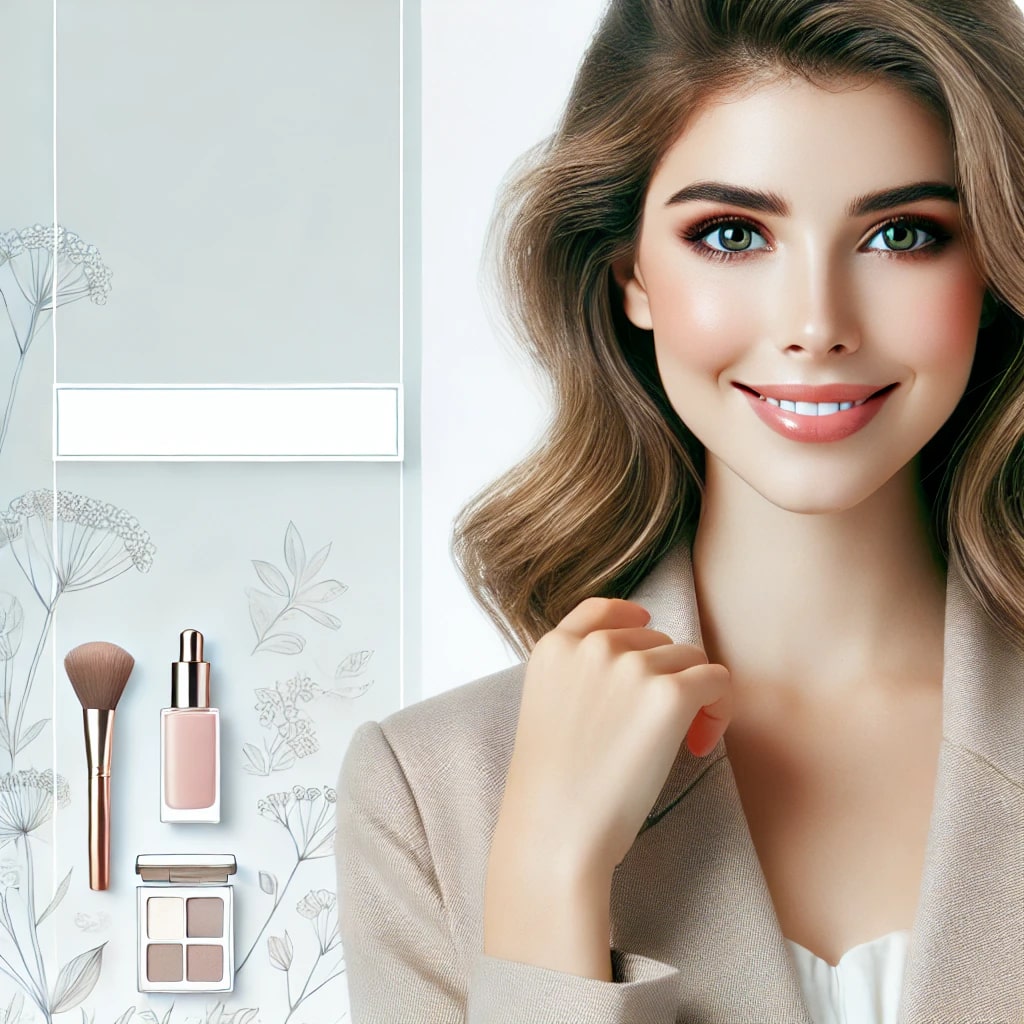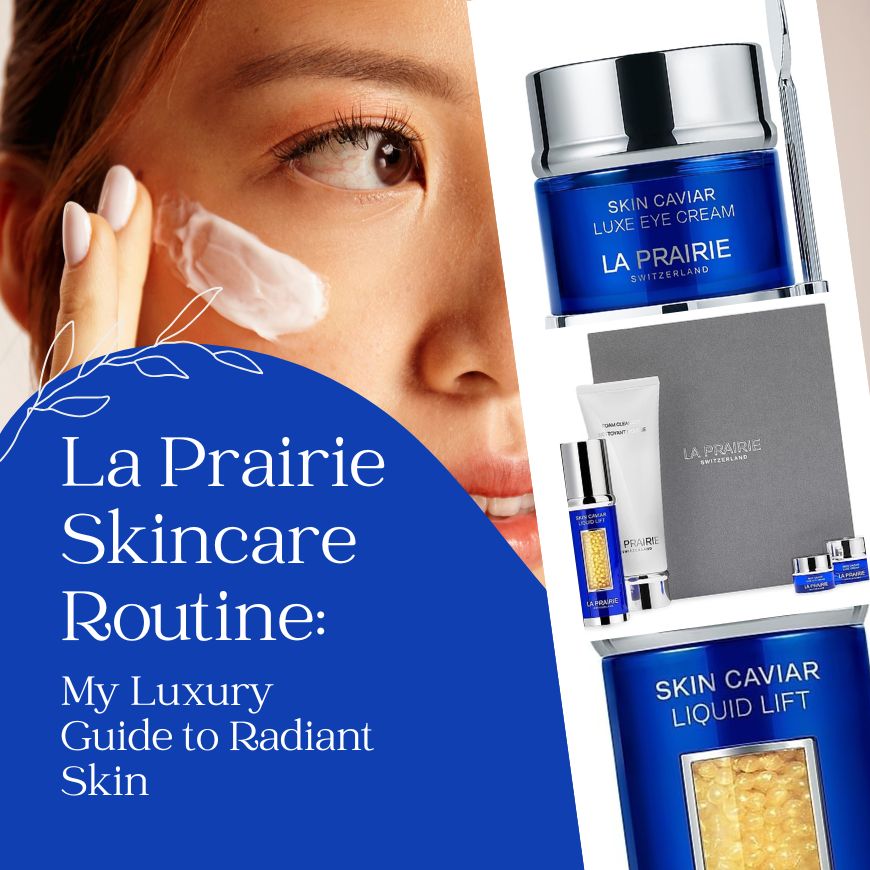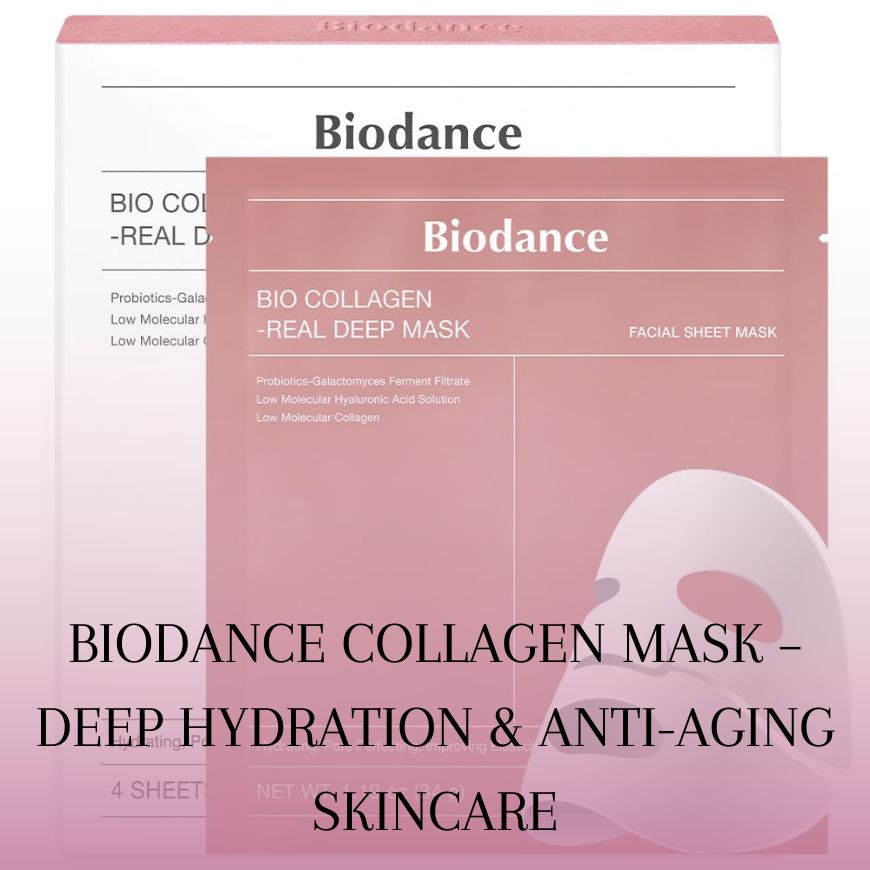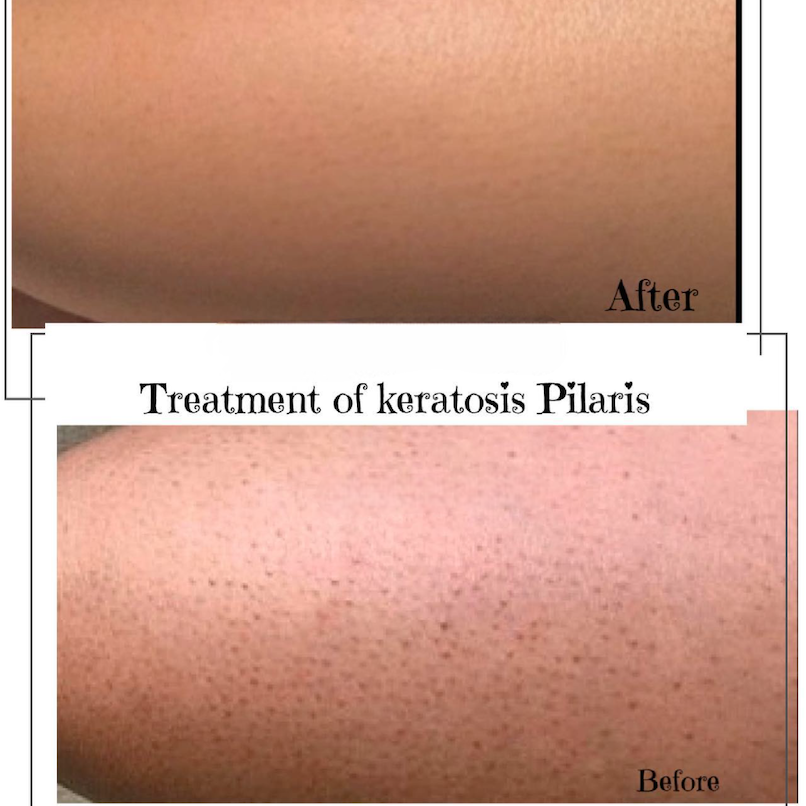Retinol serum has become a buzzword in skincare, and for good reason. Whether you’re trying to combat acne, reduce wrinkles, or achieve that radiant glow, retinol is often the go-to solution. If you’re new to retinol serum, this guide will walk you through everything you need to know, from its benefits to how to choose the best product for your needs.
What Is Retinol Serum?
Understanding the Basics of Retinol
Retinol is a derivative of vitamin A and is a powerful skin care product. Found in many over-the-counter and prescription-strength products, retinol is known for its ability to:
- Promote Cell Turnover: Retinol accelerates the shedding of dead skin cells, revealing fresh, new skin beneath. This process helps to clear clogged pores, improve skin texture, and create a smoother, more youthful appearance.
- Increase collagen production: Collagen is essential for maintaining skin elasticity and firmness. By encouraging collagen synthesis, retinol helps to minimize the appearance of fine lines and wrinkles.
- Fade Hyperpigmentation: Retinol reduces the production of melanin, which can help lighten dark spots and even out skin tone over time.
Retinol serum is a lightweight formulation designed to deliver this active ingredient directly to your skin, making it an ideal addition to your nightly skincare routine. Its easily absorbed texture ensures maximum effectiveness while being suitable for layering with other products.
Benefits of Retinol Serum
Why Retinol Deserves a Spot in Your Routine
Retinol offers a variety of benefits for all skin types. Here’s why it’s worth considering:
- Fights Acne: Retinol helps to unclog pores by removing debris and excess oil. This action not only prevents the formation of new blackheads and whiteheads but also reduces inflammation, making it a powerful tool for managing active acne.
- Anti-Aging Properties: By promoting the production of new skin cells and collagen, retinol smooths out existing fine lines and wrinkles. It also improves the overall firmness and elasticity of the skin, giving it a more youthful appearance.
- Brightens Skin: Retinol targets uneven skin tone by reducing dark spots and discoloration caused by sun exposure, acne scars, or hormonal changes. Over time, your complexion becomes more radiant and balanced.
- Smooths Skin Texture: Regular use of retinol can reduce the appearance of enlarged pores and improve skin texture, leaving your skin feeling soft and velvety.
Choosing the Best Retinol Serum for You
Key Factors to Consider
When shopping for a retinol serum, keep these points in mind:
- Concentration: Beginners should start with a lower concentration (0.2%-0.5%) and gradually increase as their skin adapts. Higher concentrations (up to 1%) are best suited for experienced users seeking more dramatic results.
- Ingredients: Look for serums that include soothing and hydrating ingredients such as hyaluronic acid, glycerin, or niacinamide. These ingredients help to balance the drying effects of retinol and enhance its performance.
- Skin type: The product should be suitable for your specific skin type. For example, oily or acne-prone skin may benefit from a lightweight, oil-free formula, while dry or sensitive skin might require a gentler, cream-based serum.
Recommended Retinol Serums on Amazon
Here are some of the best-sellers:
- CeraVe Resurfacing Retinol Serum: This dermatologist-recommended serum helps to reduce acne scars, smooth skin texture, and brighten the complexion. It’s infused with ceramides and niacinamide to maintain the skin’s barrier.
- Neutrogena Rapid Wrinkle Repair Serum: Known for its fast-acting formula, this serum targets fine lines and wrinkles within just one week. It also includes hyaluronic acid for added hydration.
- RoC Retinol Correxion Deep Wrinkle Night Serum: A trusted option for those focused on anti-aging benefits, this serum provides visible results by reducing the appearance of deep wrinkles and promoting firmer skin.
How to Use Retinol Serum Safely
A Step-by-Step Guide for Beginners
Using retinol serum can seem intimidating at first, but following these steps can help you achieve the best results while minimizing side effects:
- Start Slow: Introduce retinol gradually into your routine. Begin with a product containing a lower concentration (0.2%-0.5%) and use it 2-3 times a week. This approach allows your skin to build tolerance without becoming overly irritated.
- Use at Night: Retinol increases your skin’s sensitivity to sunlight, so it’s best applied before bedtime. Nighttime application also ensures that the product remains effective, as it is not exposed to light or environmental pollutants.
- Pair with Moisturizer: Retinol can be drying, especially for beginners. To combat this, apply a hydrating moisturizer immediately after the serum. This step helps to seal in moisture and reduce the likelihood of irritation.
- Wear Sunscreen: Protecting your skin from UV rays is essential when using retinol. Apply a broad-spectrum sunscreen with at least SPF 30 every morning, even on cloudy days, to prevent sun damage and maximize the benefits of retinol.
Common Side Effects and How to Manage Them
Dealing with Retinol Purge and Sensitivity
It’s normal to experience some side effects when starting retinol. Here are the problems you may encounter and how to fix them:
- Dryness and Peeling: Retinol accelerates cell turnover, which can temporarily strip your skin of moisture. Combat this by using a rich, hydrating moisturizer or incorporating a barrier-repair cream into your routine.
- Redness and Irritation: Some users may experience mild redness or stinging, especially during the initial weeks. To reduce these effects, try applying retinol on top of a moisturizer or reduce application frequency.
- Purging: This is a temporary phase where pre-existing clogged pores come to the surface. It’s a sign that retinol is working. Stay consistent, and the purge typically subsides within 4-6 weeks.
Incorporating Retinol Serum into Your Routine
Building a Complete Skincare Regimen
For optimal results, pair your retinol serum with complementary products to create a well-rounded skincare routine:
- Cleanser: Start with a gentle, non-stripping cleanser to remove dirt and makeup without disrupting your skin’s natural barrier.
- Toner (Optional): If desired, choose a toner with hydrating or calming properties to prepare your skin for retinol application.
- Moisturizer: After applying retinol, follow up with a nourishing moisturizer to lock in hydration and reduce potential dryness.
- Sunscreen: In the morning, always finish your routine with a high-quality sunscreen. This step is critical for preventing sun damage and protecting your skin while using retinol.
Myths and Misconceptions About Retinol
Debunking Common Retinol Myths
- “Retinol Thins the Skin”: This misconception arises from the exfoliating effects of retinol. In reality, retinol strengthens the skin by promoting collagen production and thickening the dermis.
- “Retinol Is Only for Wrinkles”: While it’s a powerful anti-aging tool, retinol also addresses acne, uneven skin tone, and other concerns, making it versatile for various skin types and ages.
- “You Can’t Use Retinol on Sensitive Skin”: With proper care, sensitive skin can tolerate retinol. Start with a low concentration and apply it sparingly, gradually increasing as your skin adjusts.
When to Expect Results
Patience Is Key
Retinol isn’t an overnight miracle. Most users see noticeable improvements within 8-12 weeks of consistent use. Early results may include smoother skin texture and a brighter complexion, while long-term benefits such as reduced wrinkles and firmer skin become more apparent with continued use. Remember to be patient and stick to your routine.
Retinol serum can be a transformative addition to your skincare routine when used correctly. Start slow, choose the right product, and protect your skin with SPF. With patience and consistency, you’ll be well on your way to achieving glowing, healthy skin.

Hi, I’m Emma R. ✅
Passionate beauty blogger sharing expert tips, honest reviews, and the latest trends to help you glow inside and out.







